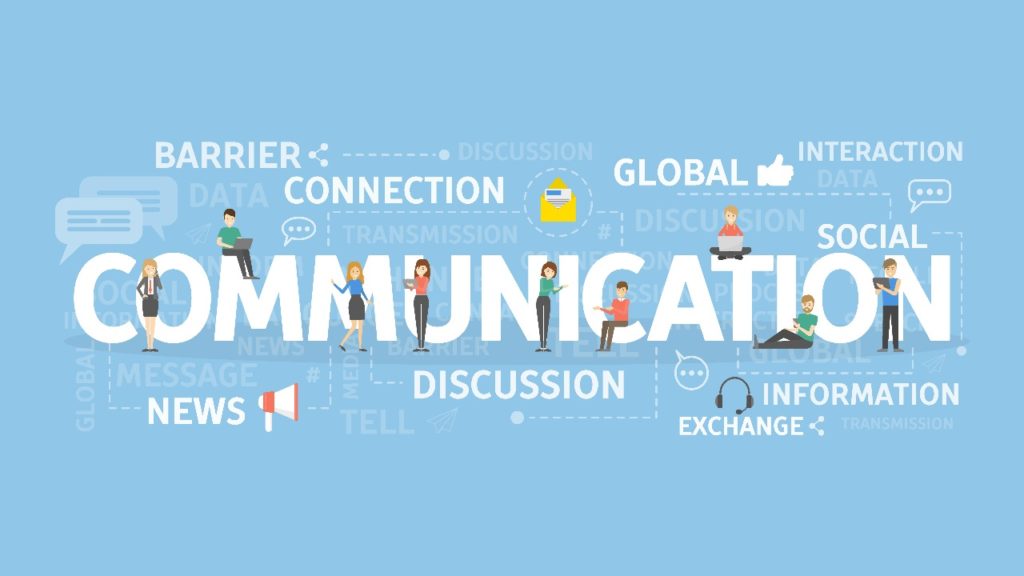Designing an effective communication skills course is pivotal in today’s interconnected world, where the ability to convey ideas clearly and persuasively is essential across various professions. As an educator, crafting such a course requires a strategic approach to ensure that learners not only grasp theoretical concepts but also apply them practically. This comprehensive guide delves into the essential considerations and steps to design a robust communication skills curriculum.
Understanding the Importance of Communication Skills
Communication skills encompass the abilities to listen actively, articulate thoughts clearly, and engage effectively with diverse audiences. These skills are foundational in building relationships, facilitating collaboration, and driving success in both personal and professional realms. In the workplace, strong communication skills lead to better teamwork, enhanced problem-solving, and increased productivity. Therefore, a well-structured course in communication skills is invaluable for learners aiming to excel in various fields.
Identifying the Target Audience
Before designing the course, it’s crucial to identify the target audience. Are they students, professionals, or individuals seeking personal development? Understanding their backgrounds, needs, and existing skill levels will inform the course content and delivery methods. For instance, a course tailored for corporate professionals might focus on business communication, negotiation, and leadership communication, while a course for students might emphasize public speaking, interpersonal communication, and active listening.
Defining Clear Learning Objectives
Establishing clear and measurable learning objectives is fundamental in course design. These objectives serve as the roadmap for both the educator and the learners, outlining what competencies and skills should be acquired by the end of the course. For a communication skills course, objectives might include:
- Enhancing verbal and non-verbal communication abilities.
- Developing active listening and empathy skills.
- Mastering the art of persuasive and influential communication.
- Improving public speaking and presentation skills.
- Understanding and navigating intercultural communication nuances.
Clear objectives not only guide the course structure but also provide learners with a clear understanding of the expected outcomes.

Designing Engaging and Relevant Content
The content of the course should be engaging, relevant, and aligned with the learning objectives. Key components to consider include:
- Theoretical Foundations: Introduce fundamental theories of communication, such as the communication process, models of communication, and the role of context in communication.
- Practical Applications: Incorporate real-life scenarios and case studies that allow learners to apply theoretical concepts. This approach bridges the gap between theory and practice, enhancing comprehension and retention.
- Skill Development Exercises: Design activities that promote active participation, such as role-playing, group discussions, and peer feedback sessions. These exercises provide hands-on experience and foster a deeper understanding of communication dynamics.
- Multimedia Resources: Utilize videos, podcasts, and interactive modules to cater to different learning styles and keep learners engaged.
- Assessment and Feedback: Implement formative assessments, such as quizzes and reflective journals, to monitor progress. Provide constructive feedback to guide improvement and reinforce learning.
For insights on enhancing teaching strategies, educators can explore resources like the Classplus Growth Blog, which offers valuable tips on online teaching and student engagement.
Incorporating Technology and Online Platforms
In the digital age, integrating technology into the course can enhance learning experiences and accessibility. Consider the following:
- Learning Management Systems (LMS): Platforms like Moodle or Canvas can organize course materials, track progress, and facilitate communication between educators and learners.
- Interactive Tools: Use tools like Kahoot! or Mentimeter to create interactive quizzes and polls, making learning more engaging.
- Virtual Classrooms: Leverage video conferencing tools to conduct live sessions, fostering real-time interaction and collaboration.
For educators transitioning to online teaching, the Classplus Growth Blog provides insights on creating effective online classrooms and leveraging digital tools for teaching.
Evaluating and Refining the Course
Continuous evaluation is vital to ensure the course remains effective and relevant. Steps to consider include:
- Learner Feedback: Collect feedback through surveys and discussions to understand learners’ experiences and areas for improvement.
- Self-Assessment: Reflect on teaching practices and identify opportunities for enhancement.
- Peer Review: Engage with fellow educators to gain insights and suggestions for course improvement.
- Staying Updated: Keep abreast of the latest trends and research in communication to incorporate new insights into the course.
The Classplus Growth Blog offers articles on personal branding and growth tips for educators, which can be beneficial in refining teaching approaches.
Conclusion
Designing a communication skills course is a multifaceted endeavor that requires careful planning, a deep understanding of learner needs, and a commitment to continuous improvement. By focusing on clear objectives, engaging content, technological integration, and ongoing evaluation, educators can create impactful courses that equip learners with essential communication skills for success in various aspects of life.
FAQs
- Why are communication skills important in professional settings?
Effective communication skills facilitate collaboration, prevent misunderstandings, and enhance productivity in professional environments. They are essential for building relationships, negotiating, and leading teams. - How can technology enhance communication skills training?
Technology offers interactive platforms, multimedia resources, and virtual collaboration tools that make learning more engaging and accessible, catering to diverse learning preferences. - What are some common challenges in teaching communication skills?
Challenges include addressing diverse learner backgrounds, overcoming communication apprehension, and ensuring the practical application of skills beyond the classroom. - How can educators assess learners’ communication skills effectively?
Through a combination of formative assessments, peer reviews, self-reflections, and practical demonstrations, educators can gauge learners’ progress and provide targeted feedback.



